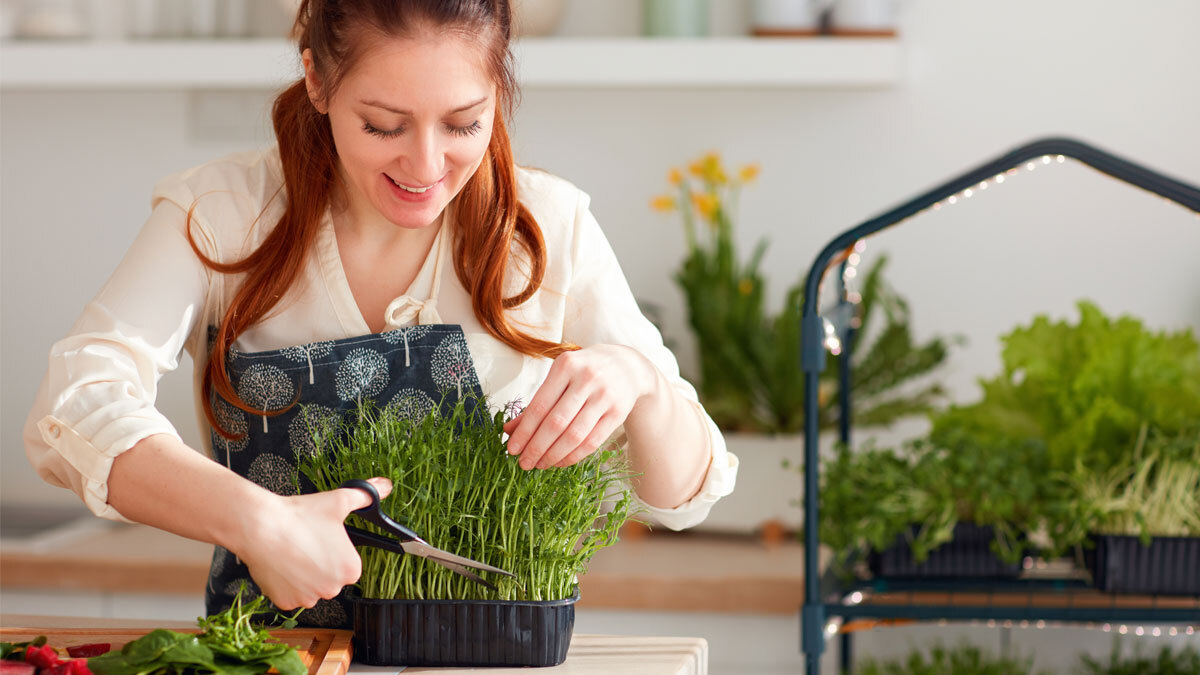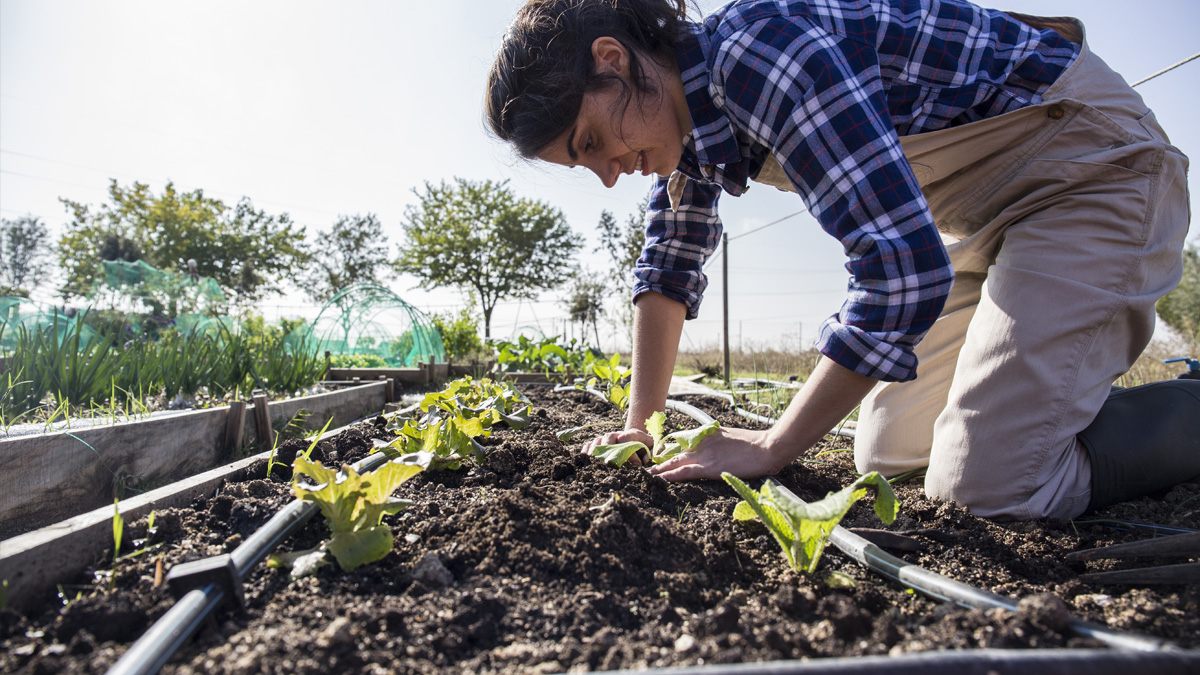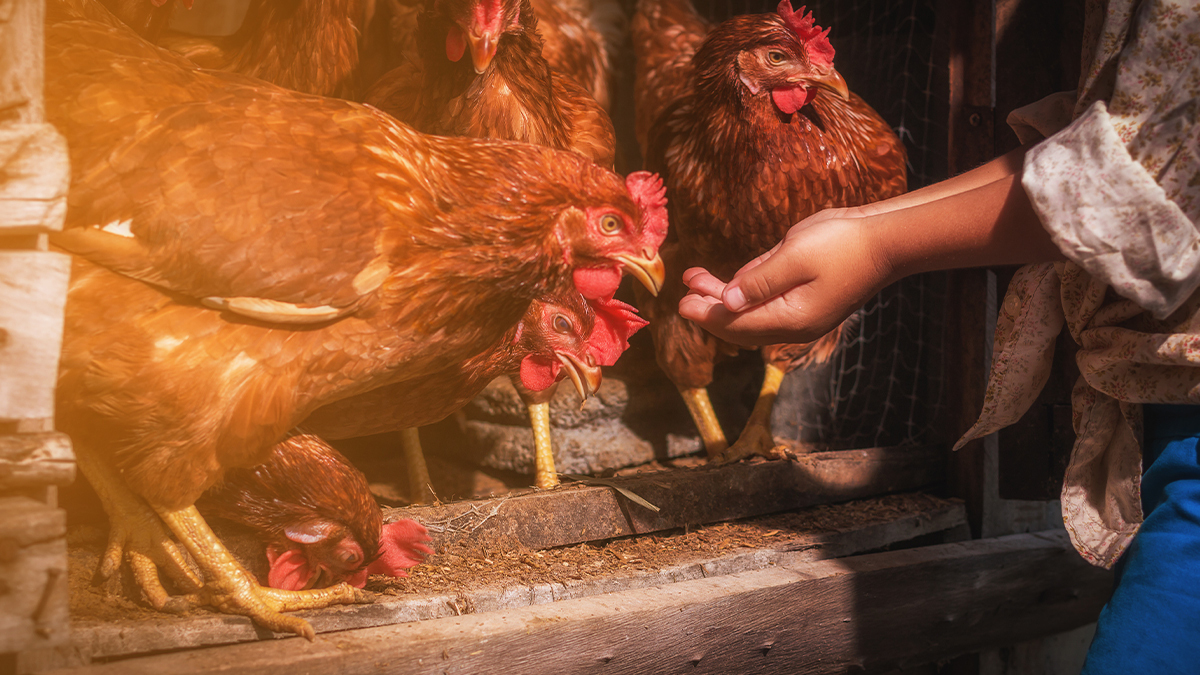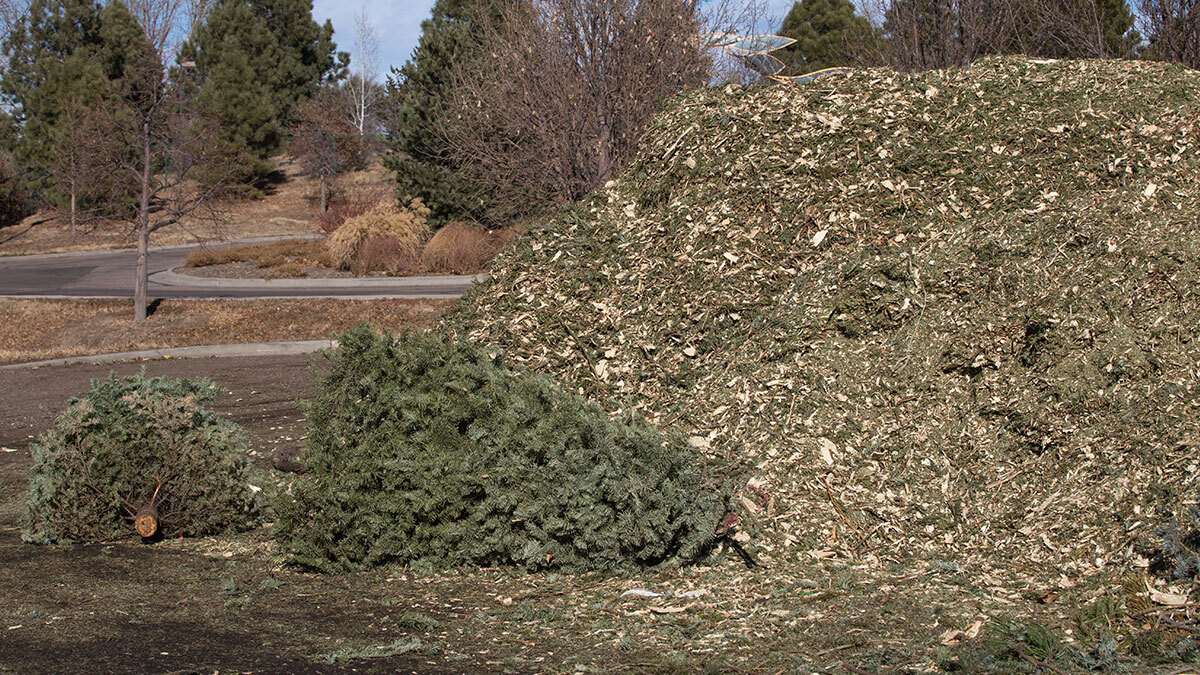on
Hydroponic gardening is a method of growing plants without soil using nutrient-rich water.
Instead of getting nutrients from the soil like with traditional gardening, the roots get nutrients from the water from direct exposure after passing through a medium like a coconut fiber or clay pebbles.
It’s a fantastic choice for people wanting to grow year-round since it can be done indoors.
It sounds complicated, but it’s not.
Just like any type of gardening, there is a learning curve to hydroponic gardening. Fortunately, that learning curve isn’t too steep.
You can learn the ins and outs of hydroponic gardening and get growing in a matter of days! Today, we are covering the basics to get you started.
What You Can Grow
Hydroponic gardening allows you to grow a variety of plants soil-free.
The following are good choices for hydroponic gardens:
- Greens, including lettuce, spinach, Swiss chard, and kale
- Herbs, including basil, parsley, oregano, cilantro, and mint
- Fruiting plants, including tomatoes, strawberries, and hot peppers
The way that these plants are grown is by placing live plants into a net pot and then placing the net pot in position to expose the roots to the water.
Net pots are plastic containers that have perforated bottoms and contain a growing medium, such as coconut coir, perlite, or clay balls.
You can start with a live plant, such as herbs. Simply take the herb seedling and remove it from the potting container and wash away the soil. Once the roots are clean, add the herb seedling to the net pot. Pull the roots through the net pot and put them into the water.
Related Read: 10 Plants to Grow in Winter
The Pros of Hydroponic Gardening
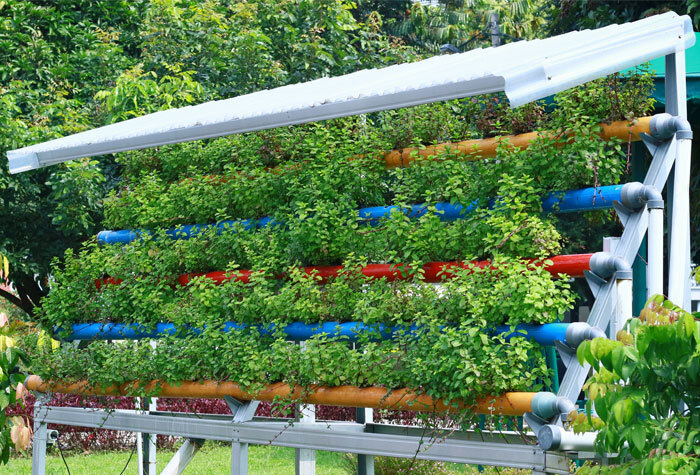
There are several pros of hydroponic gardening, in addition to being able to grow year-round.
- Less space: One of the major selling points of hydroponic gardening is that it requires significantly less space. In addition to growing in a small bucket or water reservoir, there is no need for big root systems to take up space.
- More nutrients: Without soil, the plants don’t have to fight for nutrients. The plants get the nutrients directly through their roots in the water.
- Faster yields: With hydroponic gardening, you don’t have to wait as long to reap the rewards. According to Advanced Nutrients, “Most experts agree that plants will grow at least 20% faster with hydroponics vs soil.”
- Better yields: In addition to faster yields, you’ll also get better yields with hydroponic gardening. Advanced Nutrients claims, “Scientists have lots of theories as to why this is the case, but the fact of the matter is that experts also agree you can expect at least 20-25% more yields with hydro as compared to growing in soil.”
- More control: Unlike gardening in soil, you are more aware of what is happening in your garden earlier. As a result, you have more control.
- No weeds: Say goodbye to pulling weeds with hydroponic gardening.
The Cons of Hydroponic Gardening
While there are many advantages of hydroponic gardening, it isn’t necessarily right for everyone.
Before jumping into hydroponic gardening, consider the following disadvantages.
- Can’t plant it and forget it: Hydroponic gardening requires more attention than other types of gardening. Grow Ace explains, “While a hydroponic system does offer the most control you can get over your plants’ nutrition, it also means you’ve got to keep a closer eye on your plants than with any other growing technique. Any misstep with nutrients or not catching a pH imbalance quickly will result in partial — if not total — crop failure.”
- Small mistakes become big problems: As mentioned above, a small mistake with the nutrients in the water will cause big problems.
- Dependent on electricity: Most hydroponic gardens are dependent on some sort of water aerator system, and these systems require electricity. So, if the power goes out or your equipment stops working, your garden will suffer.
- Pricey: It costs money to buy and build a hydroponic system, and it takes money to maintain it.
The Different Types of Hydroponic Systems
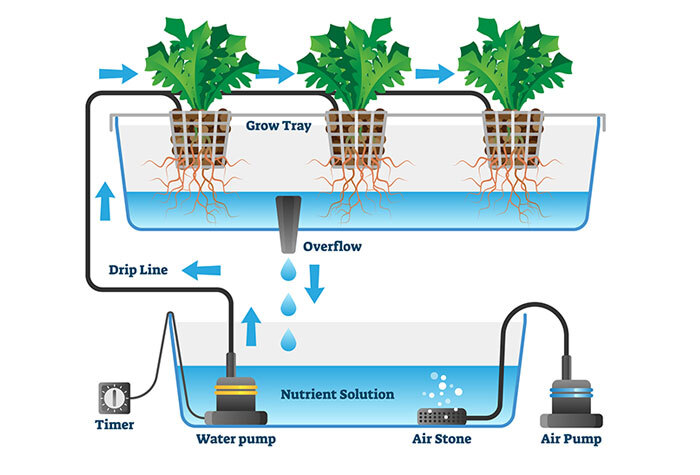
- Wicking: In this system, the nutrient-rich water is provided to the plant’s roots using a wick, such as a rope. The rope or wick draws the water into the growing medium.
- Deep Water Culture: A deep water culture system is one of the easiest for beginners. In this system, growers use a reservoir filled with nutrient-rich water and a net pot. The roots are submerged in the reservoir. But because plant roots need oxygen, an air pump is added to oxygenate the water.
- Nutrient Film Technique: Used more by commercial growers, this system works by supplying the plant’s roots with a thin film of nutrients. The water and nutrient solution is stored in a reservoir with an air pump. At a set time, the pump pushes water through a channel where the plants are grown. Instead of the roots being submerged, they get access to water from a recirculating system, creating a film.
- Ebb and Flow/Flood and Drain: This system also avoids constantly exposing roots to the nutrient solution. Instead, growers flood plants with nutrients on a regular cycle using a timed pump. The cycle is dependent on different factors, such as the types of plants.
- Aeroponics: This is the most expensive and high-tech system. With this system, plants and their roots are suspended in the air. Misters from the reservoir are used to spray the plant roots.
- Drip Systems: Similar to the Nutrient Film Technique, the drip system works using a channel. The plants are kept in net pots which are suspended over a small layer of nutrient-rich water separate from the main reservoir. Using a pump, this water moves throughout the channel from and back to the reservoir. Drip systems require more space, so they may not be right for everyone.
The type of hydroponic gardening system you choose largely depends on your space and your goals. Some systems require more maintenance and attention than others. Some systems are perfectly designed for small indoor spaces.
Related Read: 10 Benefits of Vertical Gardening
DIY: How to Build a Hydroponic Garden System
You can find many different how-to guides for DIY hydroponic systems online.
Here’s an easy-to-follow guide for building a water culture system from The Spruce.
Materials
- Drill
- Opaque bucket or basin for water reservoir
- Water
- Hydroponic fertilizer (dry or liquid)
- Air stone and pump
- Styrofoam sheet
- Seedlings in net pots with a growing medium
- Grow light (optional)
Instructions
- Set Up the Water Reservoir – Fill the reservoir container with water and fertilizer based on your plant’s requirements.
- Aerate the Water – Place the aeration system (such as an aquarium bubbler) in the water and connected to an air pump outside the reservoir. The pump pushes air through the stone, which blows out tiny bubbles to distribute oxygen through the water.
- Set Up Your Growing Raft – Cut a floating Styrofoam platform to fit inside the top of the reservoir. Cut holes to insert net pots. The roots will need to be in contact with the reservoir water.
- Set Up a Light Fixture – If you are not using natural light, you need a light fixture.
Get access to premium content and more!
10 Benefits of Vertical Gardening



